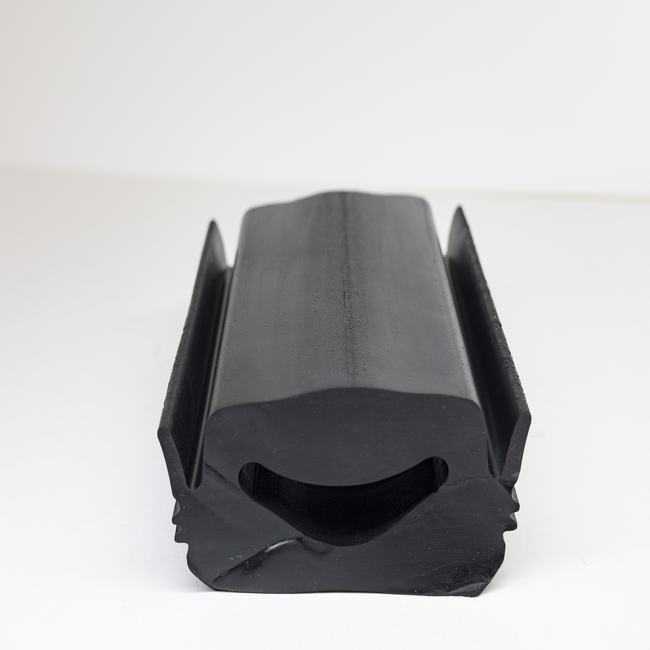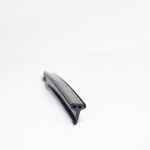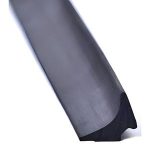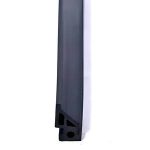Ship Seals: Ensuring Maritime Integrity and Safety
Ship seals, commonly referred to as marine seals or ship sealing systems, are critical components in the maritime industry. They play a crucial role in ensuring the safety, integrity, and operational efficiency of ships and vessels of all types and sizes, from massive cargo carriers to small fishing boats. In this comprehensive overview, we will delve into the key features, types, materials, installation methods, applications, and benefits of ship seals.
1. Key Features of Ship Seals:
- Watertight Integrity: The primary function of ship seals is to create and maintain watertight compartments within a vessel, preventing the ingress of water and preserving buoyancy.
- Structural Integrity: Seals contribute to the structural integrity of ships by reinforcing bulkheads and other structural components, thereby enhancing the vessel’s stability and safety.
- Noise and Vibration Control: Some ship seals are designed to dampen noise and vibrations, contributing to passenger comfort and crew well-being.
- Fire and Smoke Containment: In the event of a fire, certain ship seals can help contain smoke and prevent it from spreading throughout the vessel.
2. Types of Ship Seals:
- Hull Seals: These are used to seal the hull of a ship, ensuring watertight integrity and preventing water intrusion.
- Bulkhead Seals: Bulkheads are internal walls that divide a ship into compartments. Bulkhead seals are used to create watertight barriers between these compartments.
- Hatch Covers: Hatch covers are used to seal openings on the ship’s deck, such as cargo holds, to prevent water from entering and damaging cargo.
- Shaft Seals: Shaft seals are used to prevent water from entering the ship’s propulsion system, where the shaft exits the hull.
- Door Seals: Ships have various doors, including watertight and weathertight doors, that require seals to maintain their integrity.
- Porthole Seals: Seals around portholes prevent water from entering the ship through these small openings.
- Gland Seals: These are used in the sealing of rotating shafts and provide a barrier against water entering the vessel.
3. Materials Used:
- Rubber: Elastomeric materials such as neoprene and EPDM are commonly used due to their excellent sealing properties and resistance to water, UV radiation, and chemicals.
- Metal: Some ship seals incorporate metal components for added strength and durability.
- Plastic: Thermoplastic materials may be used for specific applications, especially in smaller vessels.
4. Installation Methods:
- Compression Seals: Many ship seals operate on a compression principle, where the seal is compressed between two surfaces to create a watertight barrier.
- Adhesive Seals: Some seals are adhered to the surfaces they are sealing using specialized adhesives.
- Gasket Seals: Gaskets are used to provide a sealing interface between two mating surfaces.
5. Applications: Ship seals are found throughout various types of vessels, including:
- Cargo Ships: Ensuring the integrity of cargo holds is crucial for the safe transportation of goods.
- Passenger Ships: For passenger safety and comfort, watertight and weathertight doors and hatches must be properly sealed.
- Naval Vessels: Military ships require robust sealing systems to maintain their operational capabilities.
- Fishing Boats: Even small vessels require seals for safety and operational efficiency.
6. Benefits:
- Safety: Ship seals are fundamental to ship safety, preventing water ingress and maintaining buoyancy.
- Cargo Protection: Proper sealing of cargo holds and hatches protects goods from water damage during transit.
- Environmental Protection: Ensuring watertight integrity also prevents environmental contamination from oil or hazardous materials.
- Operational Efficiency: Effective seals contribute to the efficient operation of the ship by preventing water-related issues.
- Passenger and Crew Comfort: Seals that dampen noise and vibration enhance the comfort of passengers and crew.
In conclusion, ship seals are integral components of maritime safety and operational efficiency. They are essential for preventing water ingress, protecting cargo, maintaining buoyancy, and ensuring the structural integrity of vessels. As maritime industries continue to evolve and face increasing demands for safety and environmental protection, ship seals play an ever-important role in safeguarding lives, cargo, and the marine ecosystem.






